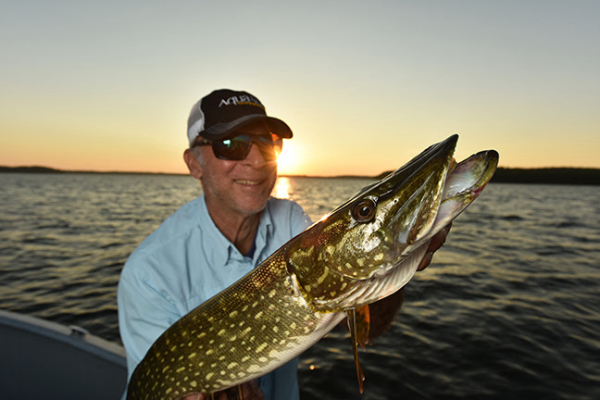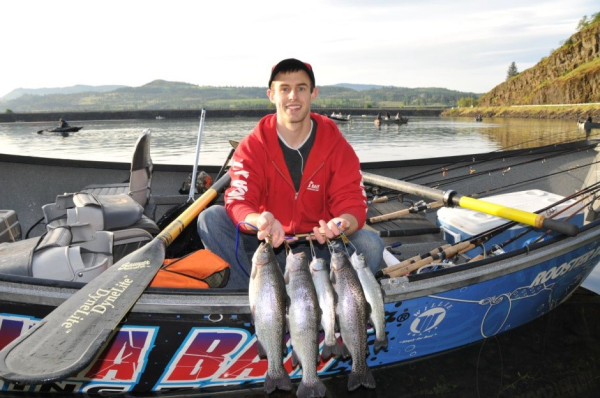The Wednesday after my Oconee tournmqent I went to Blanton Creek Park to camp, social distance myself, and practice for the Potato Creek Bassmasters Club Classic on Bartletts Ferry Saturday. The campground was crowded, a lot of people seemed to think the same way about avoiding coronavirus. The lake crowd seemed to be like
Memorial Day or July 4th weekend!
Thursday it was very cool so I waited to go out until about 10:00. I just knew the big largemouth would be moving in to feed in river sloughs so I looked at them. I had heard it took 17 pounds to win a Tuesday night tournament the week before, and 19 to win one on Saturday, so I just knew the big ones would bite for me.
Wrong. I never had a bite.
Friday I looked at some more river sloughs, marked some brush piles, and got no bites. The river was ripping with the West Point dam releasing water 24 hours a day. The current was so strong it was almost impossible to fish. At one point I drifted with the current as I got ready to move, and my GPS showed I was moving 2.5 miles per hour!
That afternoon I ran over to Hawalaka Creek where I usually fish. The water there is always clear and it is full of spots, but they are mostly small and I did not think I could do well in the tournament there. The first cove I went in I saw a two-pounder hovering by a small brush pile in two feet of water, then another one about that size go under a dock.
I cast a wacky rigged Senko for a few minutes and caught a 1.5-pound largemouth out of some shade by a seawall. That made me realize fish were easier to catch doing that.
Saturday morning I had high hopes to catch a decent largemouth in the river sloughs early, but in the first one I fished at daylight I caught four short fish and felt others nipping at my spinnerbait and bladed jig. They just were not hitting good.
I did make a couple of good decisions during the day. After fishing two more sloughs without a bite I decided to go to Hawalaka Creek and try to catch something. As I headed that way I decided to try one more slough.
Back in it on a point I landed a 2.07 pound largemouth on a shaky head. A little further down the bank I saw a swirl near a seawall, cast to it and landed another two-pound largemouth. That fired me up but after another hour of fishing the area, I had not gotten another bite.
I ran to Hawalaka creek and caught two keeper spots off the first dock I fished, then my fifth keeper on the next dock. With almost six hours left to fish I went back to the river trying to catch a bigger fish, but no bites.
I went back to where I had seen the fish the day before and caught two spots that did not help, then a largemouth that did cull my smallest spot. When I headed to the ramp I decided to fish one last place and caught another spot that culled again.
I did not think my little limit would do any good.
In the tournament 17 of us fished from 7:30 AM to 5:00 PM, landing 54 keepers weighing about 82 pounds. There were seven five-bass limits and three people did not have a keeper.
Raymond English won with four weighing 9.21 pounds and had big fish with a 4.76 pounder. Drew Naramore was second with four at 8.51 pounds. I was shocked with my five weighing 7.85 tied with Lee Hancock’s five for third place. Fifth was Edward Folker with five weighing 7.48 pounds.
I hoped to actually LAND a big one this weekend at Oconee in the Flint River tournament but it got canceled!

